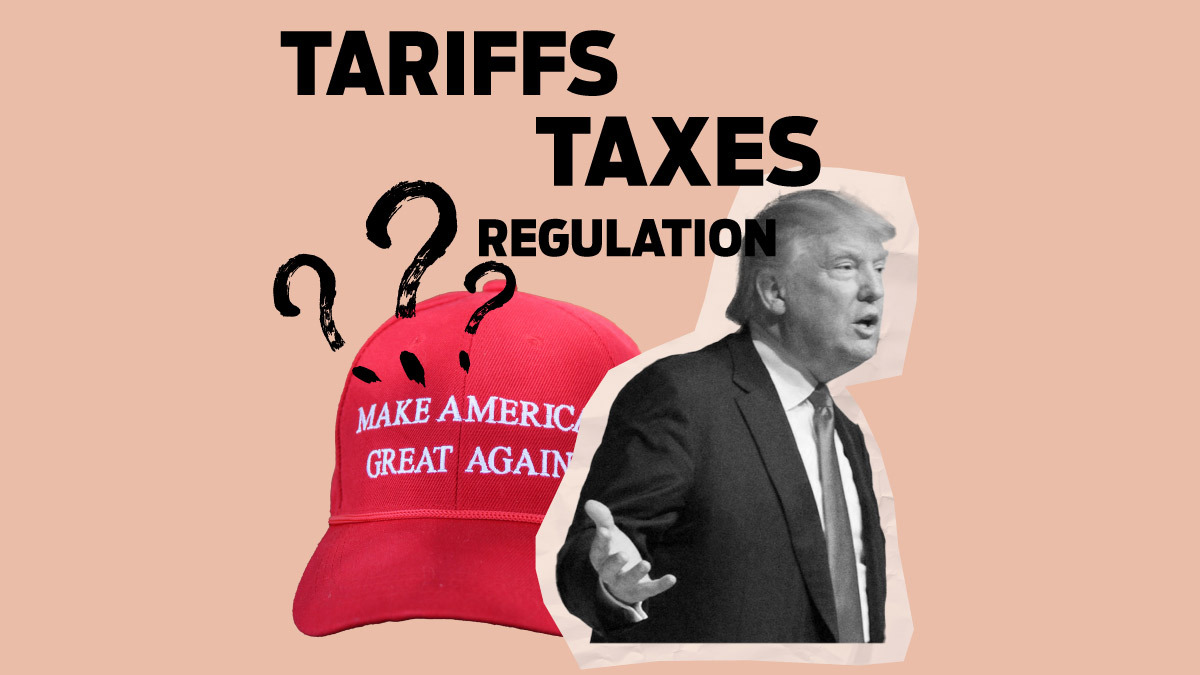As of April 1, 2025, the implementation of former President Donald Trump’s proposed tariffs has introduced new dynamics into the U.S. housing market. The latest measures include a 25% tariff on imports from Mexico and Canada, along with an increase from 10% to 20% on Chinese goods.
While reactions vary across industries, it’s important to take a balanced look at how these changes could impact the real estate and construction sectors — both now and in the long term.
📈 Impact on Construction Costs
One of the most immediate effects is the potential rise in construction expenses. The U.S. relies heavily on imported materials — with an estimated 70% of dimensional lumber and drywall gypsum coming from Canada and Mexico.
Early projections suggest these tariffs could add roughly $10,000 to the construction cost of the average home. This may place pressure on builders’ budgets, particularly for large-scale or affordable housing developments.
🏡 Home Affordability Concerns
As construction costs rise, home affordability may become more challenging — especially in areas already experiencing limited inventory and high demand. Builders may need to pass on some of the increased costs to buyers, which could result in higher sale prices, especially in new construction.
This could be particularly impactful for first-time homebuyers and those seeking entry-level homes.
📉 Market Volatility and Buyer Sentiment
Following the announcement, major financial indices responded with declines — the S&P 500 dropped 1.8%, while the Nasdaq-100 fell 2.6%. This kind of volatility can impact consumer confidence, potentially causing some buyers to pause purchasing decisions until the economic outlook becomes clearer.
🧱 Builder Sentiment and Industry Feedback
Many homebuilders have expressed concerns over increased material costs. The National Association of Home Builders (NAHB) noted that tariffs on core materials like lumber and steel can discourage new development, further tightening the housing supply. Ultimately, those costs are often passed to the consumer.
🔄 Could There Be Long-Term Benefits?
While short-term challenges are being discussed widely, it’s also worth considering potential long-term benefits of these policies:
-
A stronger domestic supply chain if U.S.-based manufacturing is encouraged
-
Job creation in building materials, infrastructure, and skilled trades
-
Reduced reliance on foreign suppliers, which could improve supply chain stability over time
-
Greater incentives for innovation and efficiency in construction methods
If the goal is to boost U.S. production and trade leverage, these tariffs could eventually restructure parts of the economy to become more self-sufficient and resilient.
🧭 Looking Ahead
The true impact of these tariffs on the housing market will take time to fully understand. Much depends on how long they remain in place, how trade partners respond, and how builders and suppliers adapt their strategies.
In the meantime, it’s crucial for industry professionals — from real estate agents to developers and investors — to stay informed and think ahead.
💬 What’s Your Take?
Do you see these tariffs as a necessary adjustment to protect U.S. industries, or as a potential setback for housing affordability?
Let’s connect and continue the conversation.
Ryan Tesnow, MPA
Realtor® | Coldwell Banker Envision Real Estate
📧 tesnow.ryan@gmail.com
📱 (254) 206-5020 | (386) 588-2834
🌐 realestate-withryan.com
#RealEstateTrends #HousingMarket #ConstructionCosts #TrumpTariffs #HousingAffordability #MarketWatch #FloridaRealEstate #EdgewaterFL #NewSmyrnaBeach #RealtorPerspective #Homebuilders #SupplyChain #TradePolicy #LongTermGrowth #2025HousingOutlook


 Facebook
Facebook
 X
X
 Pinterest
Pinterest
 Copy Link
Copy Link



